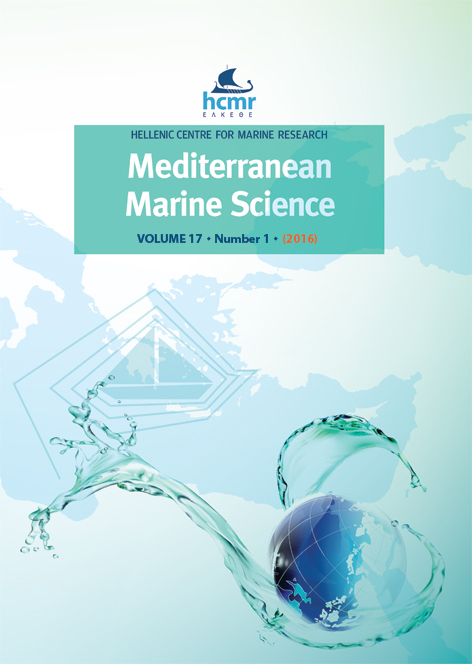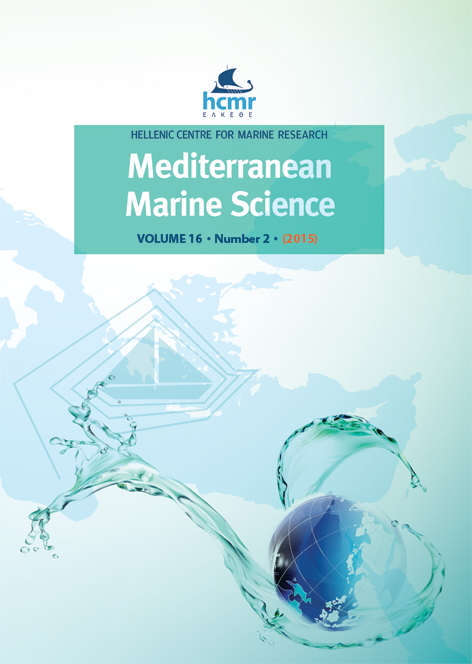Updated review of marine alien species and other ‘newcomers’ recorded from the Maltese Islands (Central Mediterranean)

Abstract
An updated review of marine alien species and other ‘newcomers’ recorded from the Maltese Islands is presented on account of new records and amendments to a previous review in 2007. Species were classified according to their establishment status (‘Questionable’, ‘Casual’, ‘Established’, ‘Invasive’) and origin (‘Alien’, ‘Range expansion’, ‘Cryptogenic’). A total of 31 species were added to the inventory, while 6 species have been removed, bringing the total number of species to 73. Of these, 66 are considered to be aliens (or putative aliens but with uncertain origin) with the remaining 7 resulting from range expansion. Six records are considered to be questionable and hence unverified. For verified records, the dominant taxonomic groups are Mollusca (represented by 21 species) and Actinopterygii (15 species), followed by Crustacea (8 species) and Rhodophyta (7 species). Eight of these species (aliens: Caulerpa cylindracea, Lophocladia lallemandi, Womersleyella setacea, Brachidontes pharaonis, Percnon gibbesi, Fistularia commersonii, Siganus luridus; range extender: Sphoeroides pachygaster) are considered to be invasive. The introduction pathway for 30 species is unknown. Amongst the alien species, ‘Shipping’ is the most common introduction pathway, followed by ‘Secondary dispersal’ from elsewhere in the Mediterranean Sea. An increasing trend in the number of alien marine species reported from the Maltese Islands is evident, with a peak of 22 species recorded during the last decade (2001–2010). A discussion on the rationale for including range-expanding species in national inventories of recent arrivals, and in the analysis of trends in records from the Maltese Islands, is included. In particular, the general warming trend of Mediterranean surface waters appears to be facilitating the westward spread of thermophilic alien species from the Eastern to the Central Mediterranean, and the eastward range expansion of tropical and subtropical Eastern Atlantic species.
Article Details
- How to Cite
-
EVANS, J., BARBARA, J., & SCHEMBRI, P. J. (2015). Updated review of marine alien species and other ‘newcomers’ recorded from the Maltese Islands (Central Mediterranean). Mediterranean Marine Science, 16(1), 225–244. https://doi.org/10.12681/mms.1064
- Issue
- Vol 16, No 1 (2015)
- Section
- Review Article
Authors who publish with this journal agree to the following terms:
- Authors retain copyright and grant the journal right of first publication with the work simultaneously licensed under a Creative Commons Attribution Non-Commercial License that allows others to share the work with an acknowledgement of the work's authorship and initial publication in this journal.
- Authors are able to enter into separate, additional contractual arrangements for the non-exclusive distribution of the journal's published version of the work (e.g. post it to an institutional repository or publish it in a book), with an acknowledgement of its initial publication in this journal.
- Authors are permitted and encouraged to post their work online (preferably in institutional repositories or on their website) prior to and during the submission process, as it can lead to productive exchanges, as well as earlier and greater citation of published work (See The Effect of Open Access).







